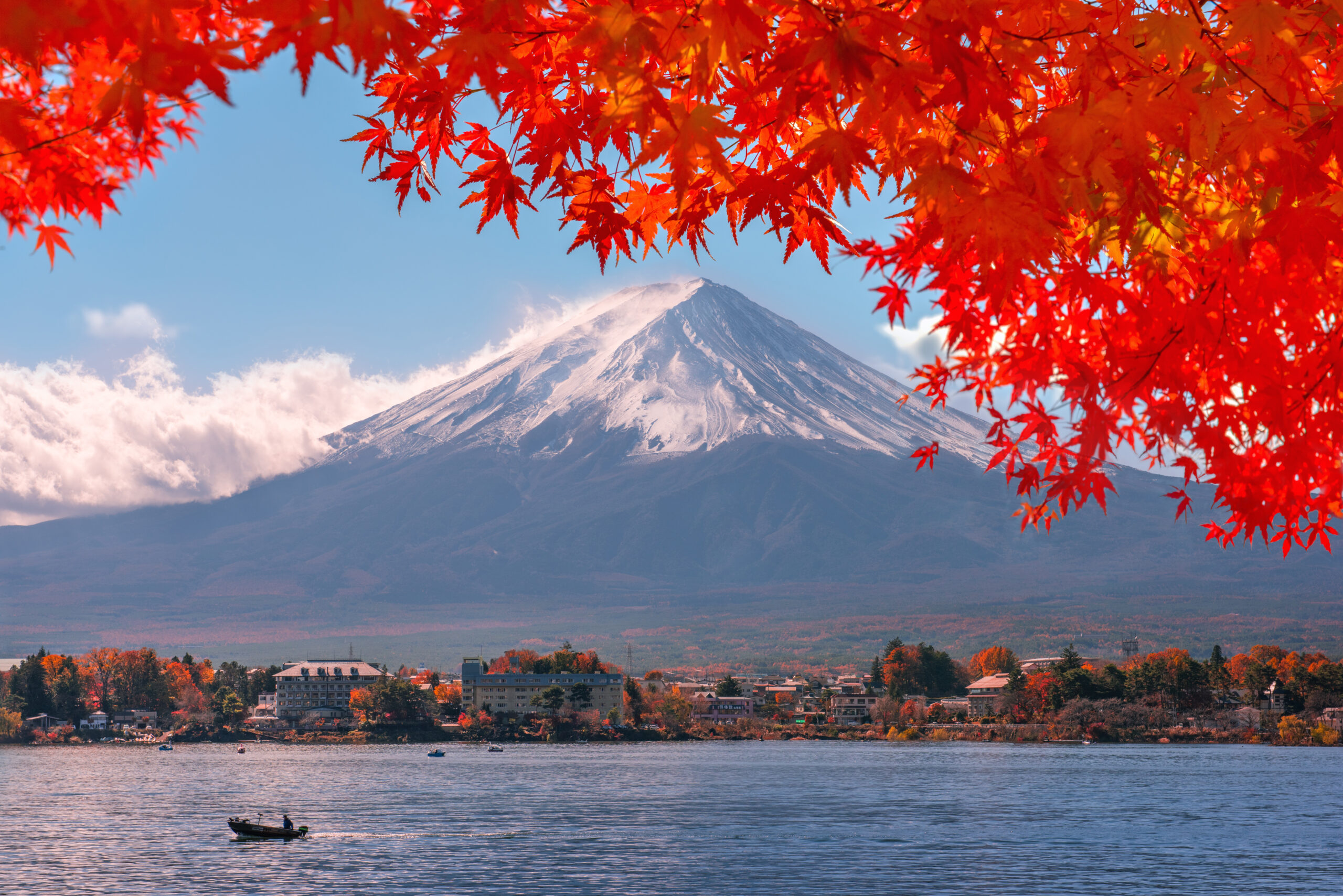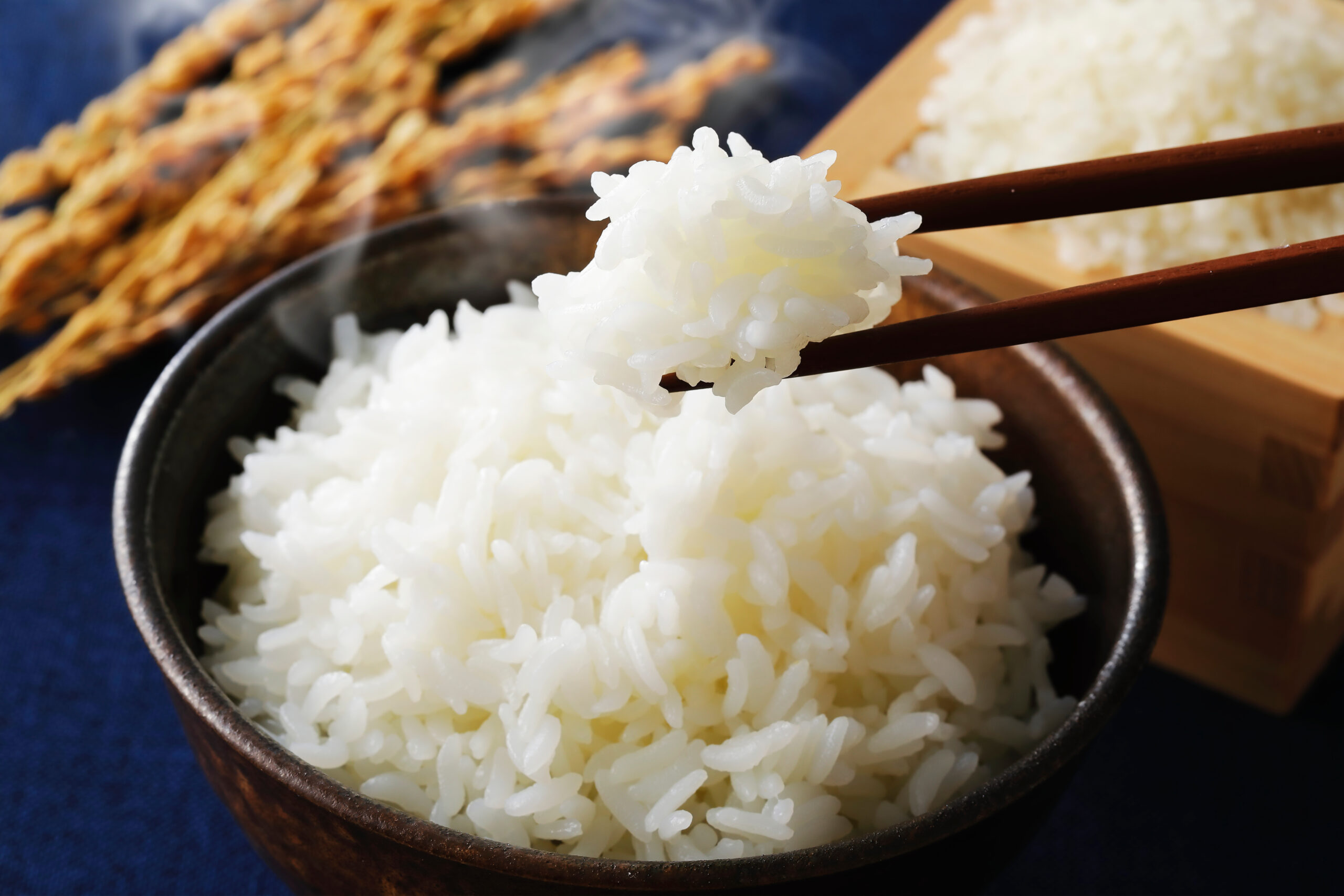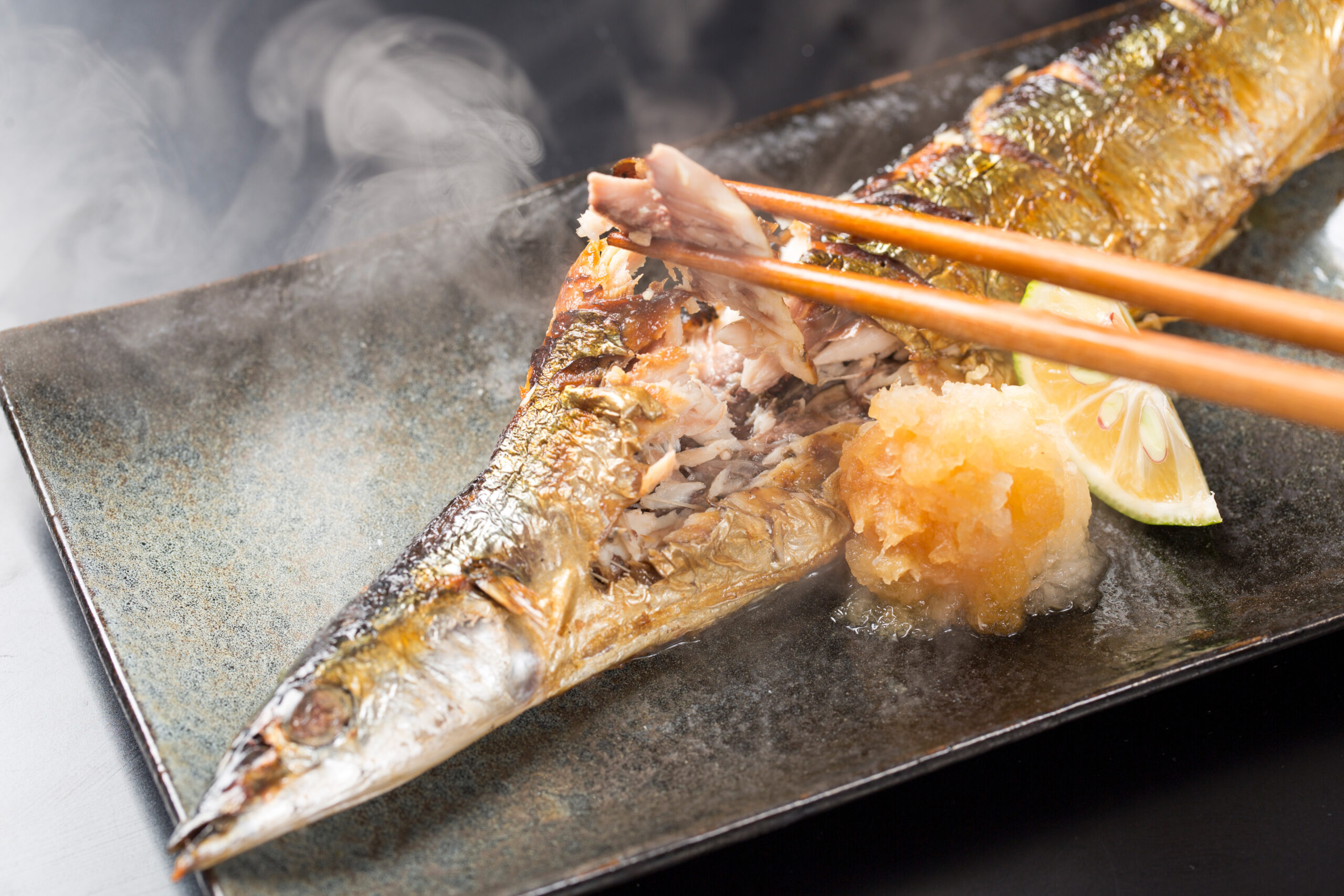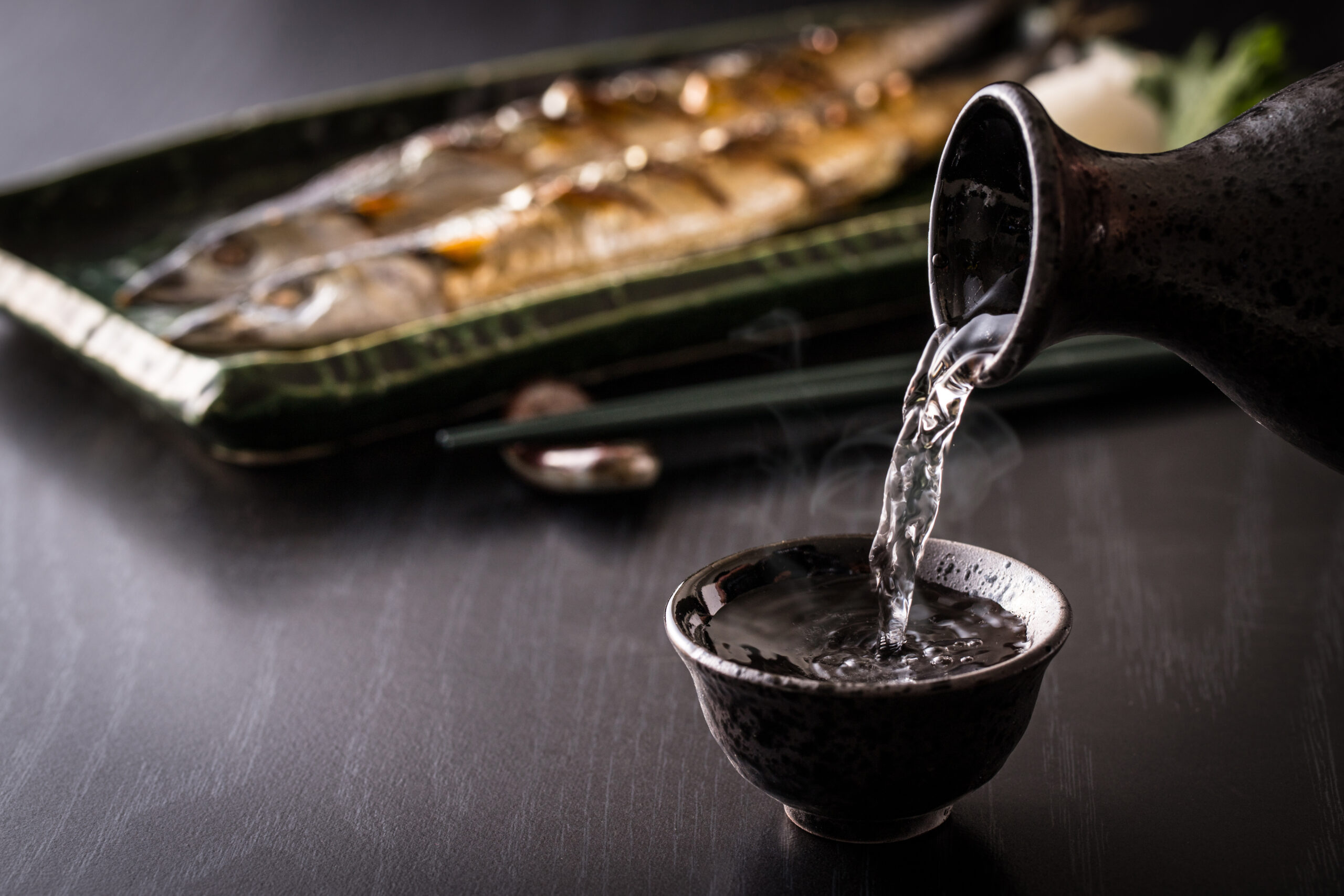For foodies, autumn in Japan is one of the best times to visit. You can enjoy a huge range of foods, hot and cold, without high summer temperatures affecting your appetite.
Whether you’re a die-hard savory fan or you have the sweetest of sweet tooths, some of the best food in Japan is available during fall. You’ll find a wonderful range of culinary delights sold at restaurants, markets, and cafes.
What should you focus on eating? If you’re planning to visit Japan in the autumn, our guide to the best foods of the season will help you choose.

Autumn in Japan runs from September to late November/early December. Temperatures start to drop at the beginning of the season, and northern areas become particularly cool as the season progresses (though southern areas stay warmer for longer).
One of the top things to do in Japan in the autumn is feast your eyes on the beautiful colors on display at gardens and parks. Tree hues gradually transform into vibrant shades of yellow, orange, and red, delighting Japanese locals and tourists alike. Like the cherry blossom season in Japan during the spring, the autumnal views in fall are a must for any Japan travel bucket list.
Visit the Meiji-Jingu Shrine, Kiyomizudera Temple, or Lake Kawaguchiko to enjoy some of the most exquisite views of the colorful autumn foliage.
Our local staff have picked out must try during foods during autumn in Japan. We hope these get you even more excited for your visit!

Shinmai is sold every fall in Japan, as autumn brings the end of the rice season. Shinmai is referred to as “new” rice as it’s harvested, packaged, and prepared for sale by the close of the same calendar year. It won’t be sold when the new calendar year starts.
Shinmai has a fresher look, stickier texture, and sweeter taste than older rice. During your trip to Japan in the autumn, you can pick up shinmai at local markets and supermarkets. And plenty of restaurants serve it too!

Sanma, otherwise known as Pacific saury or mackerel pike, is a type of small fish that’s especially popular during fall in Japan. Why? They tend to be caught in higher numbers as they move along Japan’s east coast for spawning season.
Sanma is usually served in a number of ways. One of the most popular methods is to grill it, season it with salt, and complement it with lemon or lime. Sanma is also eaten with rice and miso soup, though it may be marinated in soy sauce too.
Depending on how it’s served, sanma can be a healthy dish thanks to its high omega-3 and protein content. However, if you’re not used to eating fish, be prepared: you may need to spend some time removing the bones first.

Fruits in Japan have a reputation for being on the pricier side, but they are prized by locals and travellers alike for good reason. Some of the best food in Japan in the autumn is fruit. Favorites include:
•Apples
•Kaki (persimmons)
•Nashi (Asian pear)
•Grapes
•Ichijiku (fig)
In Japan, autumn is the apple-picking season. That’s why apples are widely sold at supermarkets and local markets in fall. Restaurants also incorporate apples in various dishes. You’ll find plenty of apple cider, wine, and juice for sale too.
Grapes tend to be harvested up to early October, and some of the popular varieties include Kyoho and Pione.
If you want to explore more diverse Japanese fall fruits, nashi, kaki, and ichijiku are easy to find. Fruits can be found throughout food stores, but for the rarest varieties and best of the best, be sure to stop by a department store. Many restaurants and cafes also cater their menus around seasonal fruit, bringing delicious autumnal fruit options during Japan’s fall season.

Gingko nuts, or ginnan, grow on gingko trees, but should never be eaten raw — they’re toxic in large quantities. But if they’re cooked first, you can enjoy them in a variety of ways.
Gingko nuts can be roasted and salted for a simple snack, or they can be cooked in soups and stir-fries. They’re contained in a hard shell like pistachio nuts, and they’re known for their strong smell in their raw form. Once cooked, they have a sweet flavor similar to chestnuts. If you’re a foodie who also enjoys a good drink during your meals or to wind down at night, then be sure to try ginnan. These are a favorite snack to enjoy alongside a good glass of Japanese whiskey or Japanese sake.

Autumn in Japan brings a bountiful harvest of mushrooms, but the king of mushrooms in Japan is uncontestedly the Matsutake. Matsutake mushrooms are harder to find today than they once were, and can carry a high price rag. They’re typically added to soups or prepared with rice, but they can be grilled whole for a simple, hearty dish.
You can find Matsutake mushrooms throughout food stores and restaurants in Japan, but one of the most iconic dishes is the “dobin-mushi”. Prepared in a dobin (earthenware) teapot, the Matsutake mushroom is steamed alongside other ingredients like fish, chicken, shrimp, and vegetables and placed in a traditional Japanese broth. Although served in a teapot, the dobin-mushi is meant to serve as a hearty soup dish that conveys the feeling of autumn through its delicious aroma.

Chestnuts are strongly associated with autumn in Japan, and they’re easy to find in most areas during the season. They’re often served hot in bags by street vendors, and they make for a delicious snack while you see the sights.
But if you want to try yummy chestnuts in another form, why not treat yourself to a kuri-gohan — rice and chestnuts steamed together. That’s a popular dish to warm yourself in a cozy restaurant on a chilly autumn night.
But kuri can also be used for desserts too! For example, mont blanc (monburan) is a mouthwatering sponge cake featuring fresh and whipped cream, surrounded by puréed chestnuts that resemble spaghetti noodles. Add candied chestnut to the top to finish!

Although not a food, no autumn recommendation list about Japan would be complete without mentioning Japanese sake, or Niohonshu! Drinking sake is one of the most traditional ways to relax and unwind during autumn in Japan. “Hiyaoroshi” sake is particularly popular in fall: it’s brewed throughout the winter, stored in the warmer months, and drunk when the weather turns cooler again.
Sake is a staple of autumn festivals in Japan, but you can find it at many restaurants and stores too. It pairs perfectly with traditional Japanese cuisines, sushi, and seafood dishes. When traveling during fall in Japan, you’ll have the chance to experience the complexity in flavor that Hiyaoroshi offers.
Irresistible food is one of the best reasons to visit Japan in the autumn, along with the astounding fall colors. We hope our choices inspire you to start planning the meals and treats you want to enjoy during your vacation.
Make your trip a truly local experience, and go where the locals go. If you're wondering where the locals go to eat when hanging out with family, celebrating with friends, stopping by for an after work drink... look no further.
Machiya Locals Website










